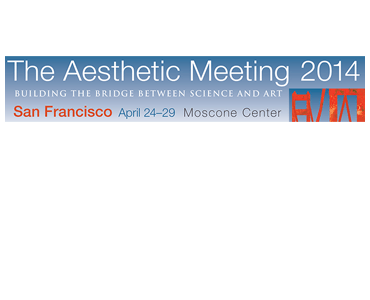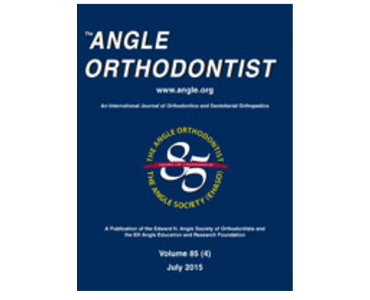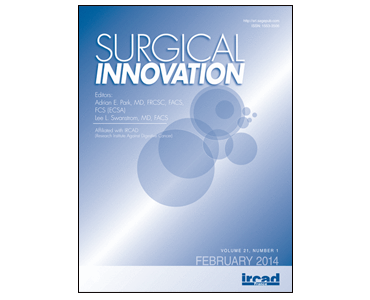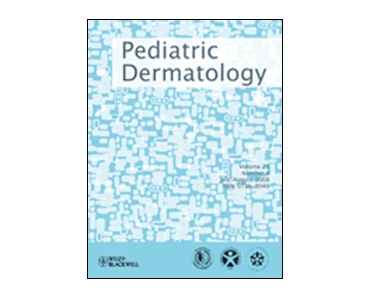Exploratory genotype–phenotype correlations of facial form and asymmetry in unaffected relatives of children with non-syndromic cleft lip and/or palate. SF Miller, SM Weinberg, NL Nidey, DK Defay, ML Marazita, GL Wehby, LM Moreno Uribe.
Date: June 2014 Source: Journal of Anatomy, Volume 224, Issue 6, pp 688-709. Abstract: Family relatives of children with nonsyndromic cleft lip with or without cleft palate (NSCL/P) who presumably carry a genetic risk yet do not manifest overt oral clefts, often present with distinct facial morphology of unknown genetic etiology. This study investigates distinct…










